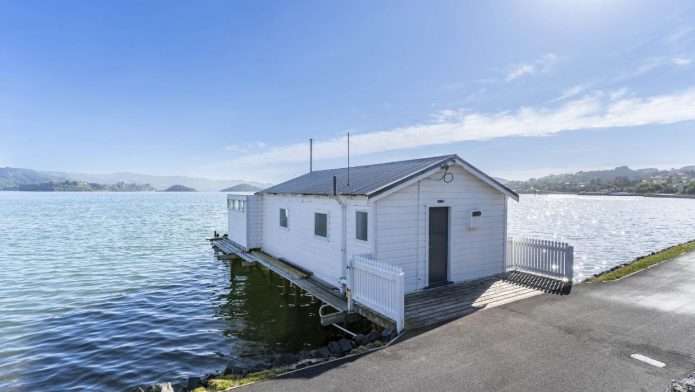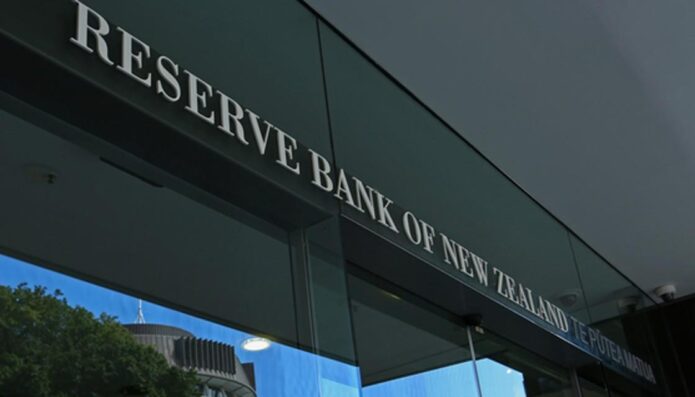PHOTO: The $38 billion commitment to military workforce expansion will see the largest recruitment drive since the Vietnam War. Picture: Getty
Most regional communities saw property prices rise sharply during the COVID pandemic, as city slickers fled to greener pastures – and some could be set to see another major surge.
This next wave of demand won’t be in the form of tree and sea-changers from metropolitan areas, but rather a potential boom sparked by Australia’s response to rising geopolitical tensions in the Indo-Pacific region.
The pre-election budget handed down by Treasurer Josh Frydenberg contained a mammoth spending commitment that was largely missed, in the form of a $38 billion pledge to dramatically expand Australia’s military workforce.
And that spend will mark the largest Defence Force recruitment drive since the Vietnam War, boosting the military by almost 20,000 extra personnel by 2040.
The federal government’s outlay is the latest measure in response to the growing global threat posed by an expansionist China.
Australia has recently cemented alliances with key partners America and Great Britain, including announcing plans for a fleet of nuclear submarines and a new base for them somewhere on the east coast.
Where housing demand could spike
A rapidly boosted military workforce could see the expansion of some of Australia’s 63 existing military bases, particularly in the strategically vital north-east of the country.
Cities like Darwin and Townsville, which host major army and air force bases, look likely to be immediate beneficiaries of any new infrastructure or workforce expansion.
Parts of New South Wales, with military bases around Singleton and Newcastle in the Hunter Valley, and further south at Albury-Wodonga on the Victorian border, could also benefit.
Brisbane, Newcastle, and Port Kembla, near Wollongong, are the three locations being considered for the new submarine base.

Port Kembla near Wollongong in New South Wales is one of the areas being mooted for a nuclear submarine base, according to reports. Picture: Getty
Large-scale infrastructure projects combined with a significant movement of people means upward pressure on house prices in those areas.
And regional Australia has already witnessed a significant price boom, thanks to a COVID-led migration.
The latest PropTrack Home Price Index shows that regional property prices surged by 24% in the past 12 months, while they rose by 15% across the capital cities.
Mike Mortlock, managing director of MCG Quantity Surveyors, said the defence spend would have more impact on population flow and housing than any other proposed government infrastructure project.
“I think there is going to be a big flow-on effect and it will mainly be the regions that are going to be the beneficiaries,” Mr Mortlock said.
“There will be a lot of work in building infrastructure and an expansion of defence housing, and those specific regions will have a lot more people moving in.
“It’s going to be a long-term roll-out – I don’t think it’s going to be a short-term boom.”

Ipswich in Queensland is home to the largest Royal Australian Air Force base in the country, which has helped shape the cities fortunes. Picture: Getty
Demographer Mark McCrindle said the impact of possible military base expansions would continue the necessary rebalancing of city and regional populations started by the pandemic migration.
“It’s very good news for areas where the bases are – they’ve been growing and continue to grow,” Mr McCrindle said. “Places like Townsville and Darwin, in particular.”
More troops means growing communities
Population growth will have an impact on housing demand in those communities.
“People in the military are on good, solid, regular pay and they’re hopefully people who are getting into the housing market and raising families,” Mr McCrindle said.
“Affordability is still a factor – we’ve seen prices rise significantly but the average prices in regional Australia are still way better than the capital cities.
“It’s the boom Australia needed. We’ve been trying to attract people to the regions, and they have the capacity to absorb the numbers. Cities, on the other hand, have been struggling with the numbers.”
The city of Ipswich, 40km southwest of Brisbane, may be the perfect case study of the impact that major military infrastructure works can have on the local economy and housing market.
A $1.5 billion project began in 2017 to transform the Royal Australian Air Force base at Amberley, already Australia’s largest RAAF facility, into a ‘Super Base’ with more than 5000 workers onsite.
READ MORE VIA REALESATE.COM.AU
MOST POPULAR IN NEW ZEALAND
 Melissa Caddick’s parents and husband face being HOMELESS | AUSTRALIA
Melissa Caddick’s parents and husband face being HOMELESS | AUSTRALIA ‘Unacceptable’: top real estate agents axed
‘Unacceptable’: top real estate agents axed Former olympian starts a new career with Barfoot & Thompson
Former olympian starts a new career with Barfoot & Thompson Inside Putin’s ‘secret’ daughter’s gaudy, $10K-per-month home in Russia
Inside Putin’s ‘secret’ daughter’s gaudy, $10K-per-month home in Russia Wellington’s red-hot house prices are finally cooling … why, then, is no-one buying?
Wellington’s red-hot house prices are finally cooling … why, then, is no-one buying? OCR decision: How high will the Reserve Bank take the official cash rate?
OCR decision: How high will the Reserve Bank take the official cash rate? Homeowner is left fuming
Homeowner is left fuming New Instagram scam targets top real estate agents
New Instagram scam targets top real estate agents Reserve Bank lifts OCR
Reserve Bank lifts OCR Abandoned land for sale
Abandoned land for sale











